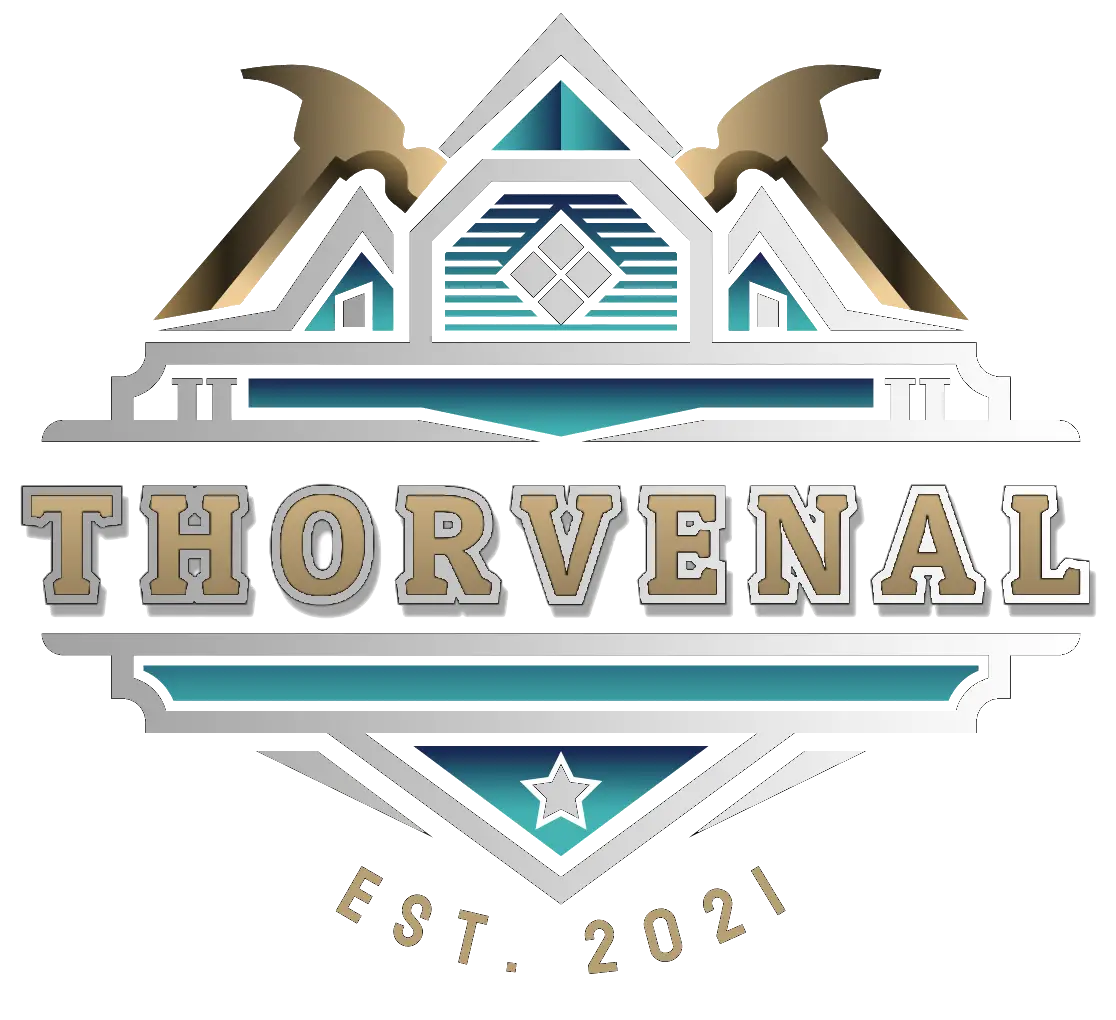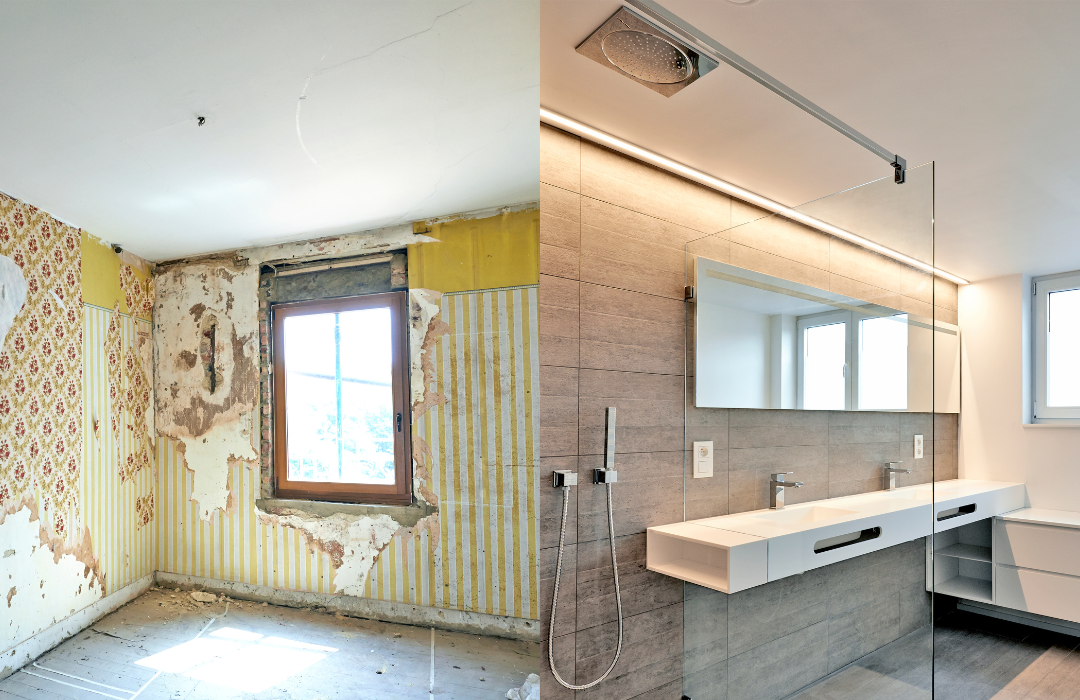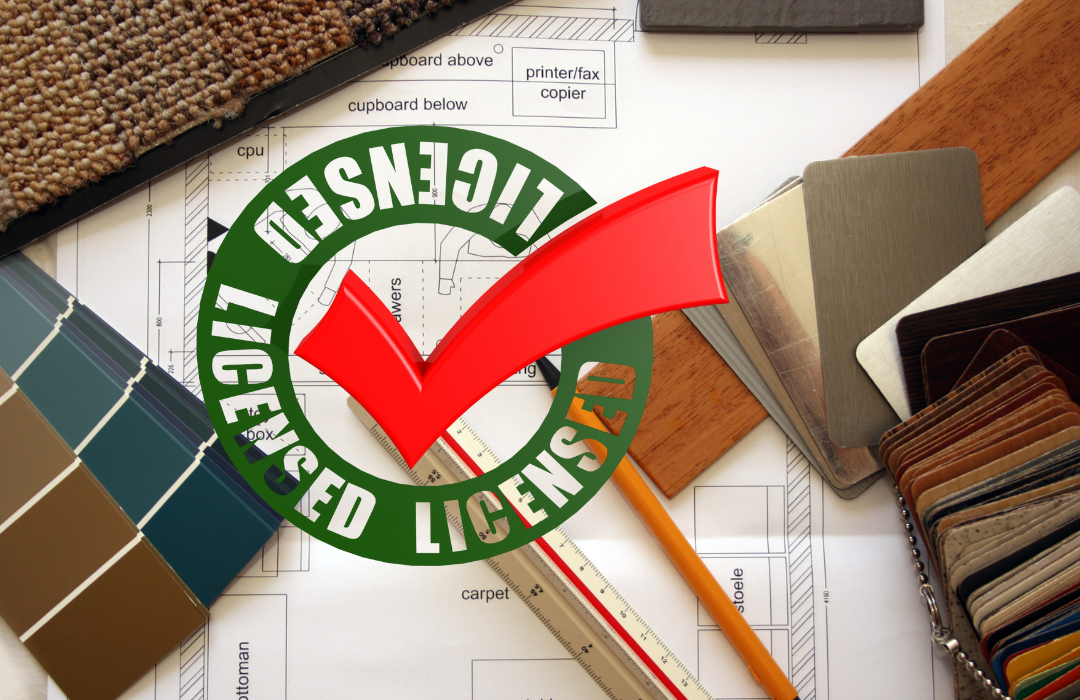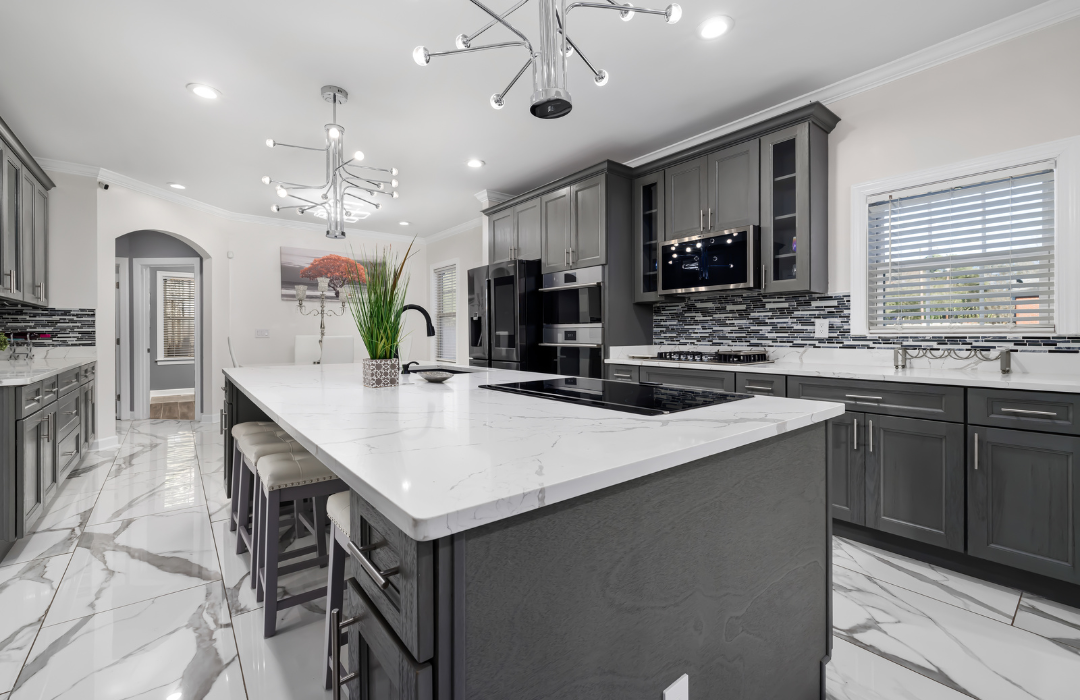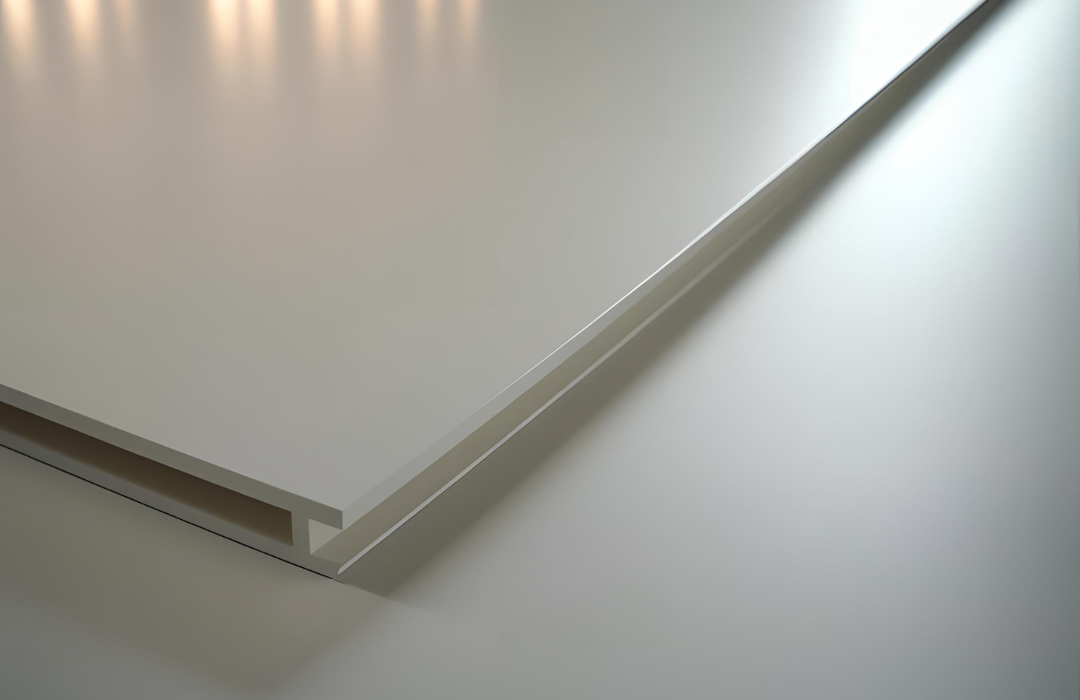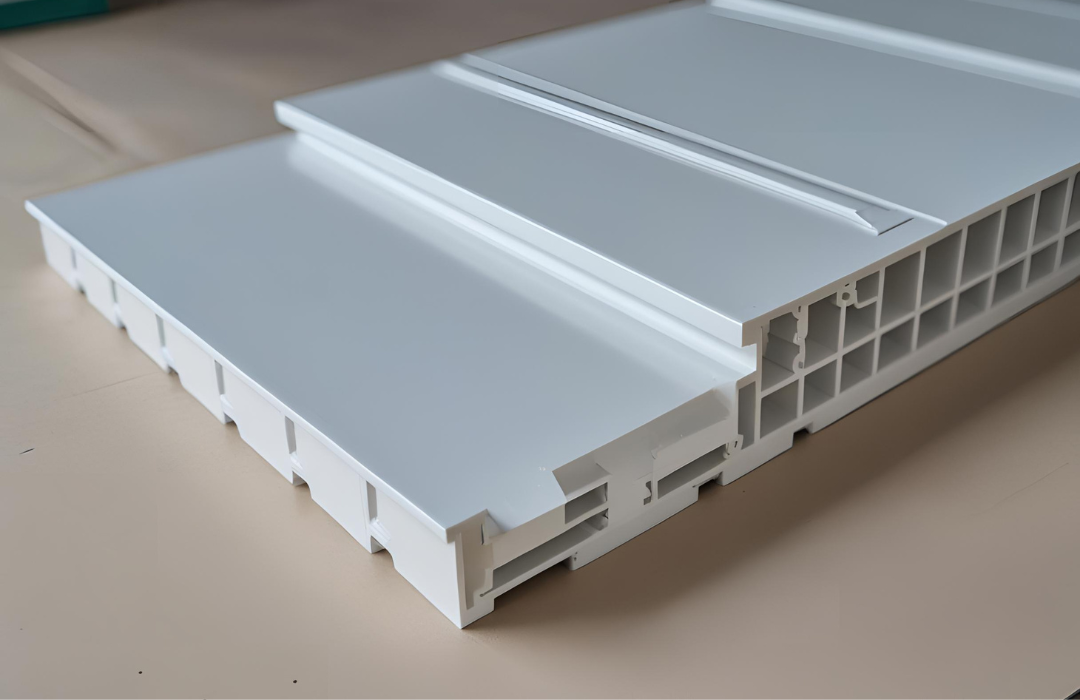Outlining Blog Topics
I’m currently brainstorming suitable blog topics for a US-based renovation company, focusing on bathroom and kitchen upgrades, as well as glass door installations. My initial assessment centers on identifying trending themes within these renovation services. I need to deliver these articles in no time!
Crafting Article Outlines
I’ve been working on fleshing out the structure for these six blog articles. The focus is to integrate the company’s key selling points into the topics. I’m aiming for concise yet informative articles, each with a clear call to action and native-level English.
Drafting Blog Outlines
I’m now drafting outlines for the initial two articles. I’ve chosen “5 Signs It’s Time for a Bathroom Renovation” and “How to Budget for Your Kitchen Renovation.” I’m carefully integrating the company’s key selling points, ensuring a clear call to action in each. The focus is to make the language native-level English and informative for homeowners in the US.
Refining Blog Content
I’m now revising the blog post ideas, integrating the company’s key selling points into each concept more deeply. I’m focusing on the “Best Value” package article, and brainstorming how to frame it for kitchen renovations. This should really boost the company’s appeal!
Formulating Article Concepts
I’m now outlining the six blog articles, focusing on kitchen and bathroom renovations and glass installations. I’m focusing on “5 Signs for a Bathroom Renovation” and “How to Budget for a Kitchen Renovation” as the first two, using the company’s selling points to reinforce trust. My aim is to create informative, native-level English content with strong calls to action.
Outlining Blog Structure
I’m now laying out the skeletal structure for all six articles. Each post will focus on a distinct value proposition and target a specific stage in the customer journey. I’ll highlight the benefits of bathroom renovations and glass installations. I’m also including a crucial piece on the importance of hiring licensed and insured contractors. I’ll finish up with a detailed overview of the renovation process.
Developing Blog Concepts
I’ve outlined the entire blog strategy. This includes article titles, target keywords, value propositions, and clear calls to action. I’m ready to begin the final writing phase, translating these concepts into engaging blog posts. The focus is to deliver concise and informative articles, each with a clear call to action.
Here are six complete and exclusive blog articles for your US-based renovation company. The articles are written in native-level English and are optimized for homeowners interested in your services.
Article 1 of 6
Title: 5 Telltale Signs It’s Time for a Bathroom Renovation
Body:
Is your bathroom feeling less like a personal oasis and more like a relic from a bygone era? For many homeowners, the decision to renovate can be a daunting one. You might be wondering if it’s truly necessary or just a fleeting desire. However, certain issues go beyond simple aesthetics and can impact your home’s value and your daily comfort.
If you’re on the fence, here are five telltale signs that it’s definitely time to consider a bathroom renovation.
1. Visible Damage and Persistent Mold A few spots of mildew are common, but if you’re constantly battling mold and notice peeling paint, warped flooring, or soft spots around the tub or toilet, you likely have a water problem. These are more than just eyesores; they can indicate serious underlying issues like leaking pipes or poor ventilation, which can lead to costly structural damage if ignored. A full renovation can address these root causes, not just the symptoms.
2. An Outdated and Inefficient Layout Does your morning routine feel like a clumsy dance around a poorly placed toilet or a vanity with no counter space? Older bathrooms were often designed with little thought for modern needs. A cramped layout, a massive, unused tub, or a lack of storage can make the space frustrating to use. A renovation allows you to completely rethink the floor plan for better flow, more storage, and improved functionality.
3. It Fails the “Guest-Ready” Test If the thought of a guest using your main bathroom fills you with dread, it’s a clear sign that a change is needed. Chipped tiles, a permanently stained tub, dripping faucets, or a 1970s color scheme can be embarrassing. Your bathroom should be a space you’re proud of. A modern update with clean lines and quality fixtures can transform it into a welcoming and impressive part of your home.
4. Lack of Accessibility and Safety Your needs change over time. A bathroom with a high-sided tub can become a safety hazard for aging family members or anyone with mobility challenges. Modern bathroom design prioritizes safety and accessibility with features like walk-in showers, grab bars, and non-slip flooring. A renovation is an opportunity to make your home safer and more comfortable for everyone, for years to come.
5. Your Energy Bills Are Creeping Up Old toilets, leaky faucets, and outdated showerheads are notorious water wasters. Similarly, poor lighting and inadequate ventilation fans can consume more energy than necessary. Upgrading to modern, water-efficient fixtures and energy-efficient lighting can significantly lower your utility bills, meaning a renovation can start paying for itself over time.
If any of these signs sound familiar, it’s time to stop making excuses. You deserve a bathroom that is beautiful, functional, and safe.
Ready to transform your bathroom? Don’t wait for the problems to get worse. Call us today at (862) 755-9176 for a free, no-obligation consultation!
Article 2 of 6
Title: Beyond the Backsplash: A Realistic Guide to Budgeting for Your Kitchen Renovation
Body:
The kitchen is the heart of the home, but renovating it can feel like a heart-stopping expense. With so many variables—from cabinets and countertops to labor and lighting—creating a realistic budget is the single most important step in your planning process. A well-planned budget prevents surprises, reduces stress, and ensures you get the kitchen you’ve always dreamed of without the financial nightmare.
Here’s a practical guide to help you budget for your kitchen renovation.
1. Understand the Major Cost Categories A typical kitchen remodel budget breaks down as follows:
- Cabinetry (30-35%): This is often the biggest expense. The cost varies widely based on whether you choose stock, semi-custom, or fully custom cabinets.
- Labor and Installation (20-25%): This includes the work of our expert, certified professionals who handle everything from demolition to the final installation.
- Appliances (10-15%): The cost here depends entirely on the brands and features you select.
- Countertops (10-15%): Materials like laminate are more budget-friendly, while quartz, granite, and marble are premium investments.
- Flooring, Tiling, and Fixtures (10-20%): This covers everything else, including sinks, faucets, lighting, and backsplash tile.
2. Define Your “Why” and Set Priorities Before you fall in love with a specific high-end stove or countertop material, ask yourself: What is the primary goal of this renovation?
Is it to create more space for a growing family? To increase your home’s resale value? Or to finally get the gourmet kitchen you’ve always wanted? Your primary motivation will help you prioritize where to spend and where to save. If storage is your main issue, investing in smart custom cabinetry is a must. If you’re a passionate cook, high-quality appliances might be your top priority.
3. Get a Professional, In-Home Consultation Online cost estimators can give you a ballpark figure, but they can’t account for the unique layout, electrical, and plumbing realities of your specific home. This is why a professional, in-home consultation is invaluable.
During our free consultation, our experts will assess your space, listen to your vision, and discuss the practicalities. This allows us to provide a detailed, transparent price quote. There are no hidden fees or surprises—just a clear plan tailored to your home and your budget.
4. Plan for the Unexpected (Contingency Fund) Even with the most careful planning, unexpected issues can arise once the walls are opened up. It’s a wise rule of thumb to set aside an additional 10-15% of your total budget as a contingency fund. This buffer gives you peace of mind, ensuring that a small surprise doesn’t derail the entire project.
Budgeting for a kitchen renovation doesn’t have to be a guessing game. With a clear understanding of the costs and a trusted partner to guide you, you can move forward with confidence.
